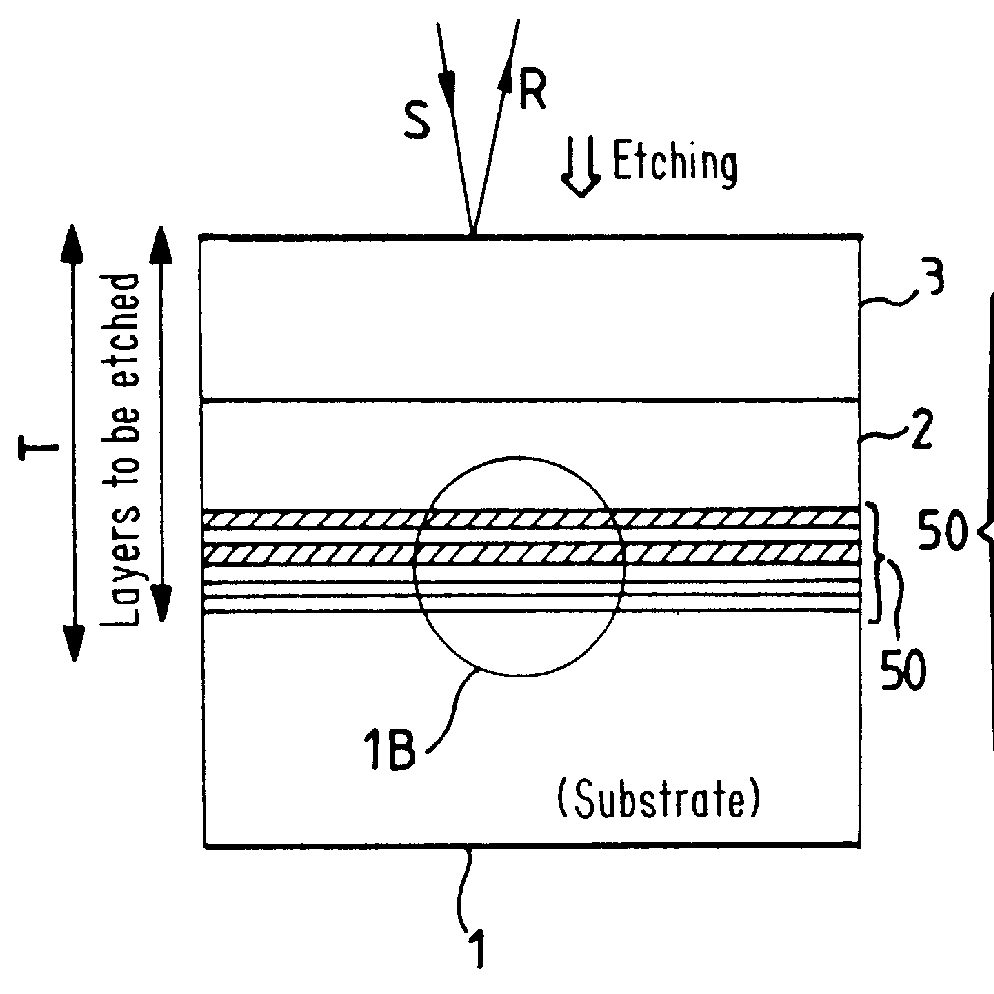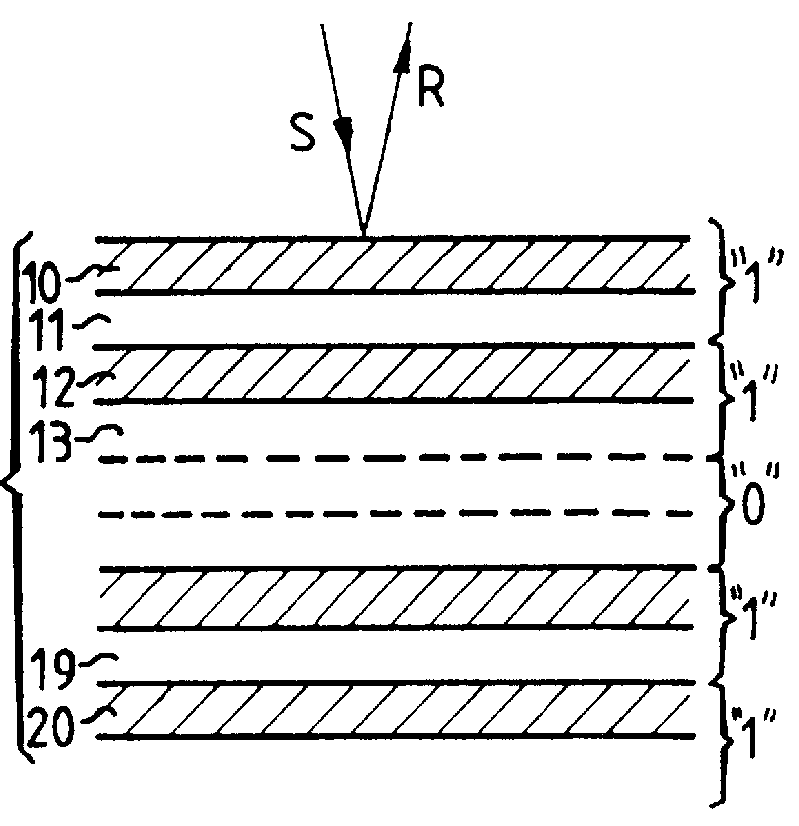Method of fabricating semiconductor components
a technology of semiconductor components and components, applied in semiconductor/solid-state device testing/measurement, lapping machines, instruments, etc., can solve problems such as difficult implementation and inability to be reliabl
- Summary
- Abstract
- Description
- Claims
- Application Information
AI Technical Summary
Benefits of technology
Problems solved by technology
Method used
Image
Examples
Embodiment Construction
The description below relates to a simple semiconductor structure shown in the diagram of FIG. 1. This figure is a cross-section in the width direction through a structure that has not yet been etched.
Typically, and as shown in this example, the semiconductor structure comprises a substrate 1 made of indium phosphide (InP) doped with n-type carriers. The substrate may be covered in a buffer layer (not shown) for facilitating epitaxial growth of the various layers to be stacked, referred to below as the "upper" layers. The layers conventionally stacked on the substrate are constituted, for example, by a first layer-of quaternary material of the GaInAsP type buried under a layer made of a material of III-V type such as InP.
The invention applies to any other semiconductor structure, e.g. a structure using gallium arsenide, such as GaAs or AlGaAs.
According to the method of the invention, epitaxy is used to grow on the substrate 1 a set 50 of marker layers 10, 12, . . . , 20 separated by...
PUM
| Property | Measurement | Unit |
|---|---|---|
| thickness | aaaaa | aaaaa |
| thickness | aaaaa | aaaaa |
| thickness | aaaaa | aaaaa |
Abstract
Description
Claims
Application Information
 Login to View More
Login to View More - R&D
- Intellectual Property
- Life Sciences
- Materials
- Tech Scout
- Unparalleled Data Quality
- Higher Quality Content
- 60% Fewer Hallucinations
Browse by: Latest US Patents, China's latest patents, Technical Efficacy Thesaurus, Application Domain, Technology Topic, Popular Technical Reports.
© 2025 PatSnap. All rights reserved.Legal|Privacy policy|Modern Slavery Act Transparency Statement|Sitemap|About US| Contact US: help@patsnap.com



